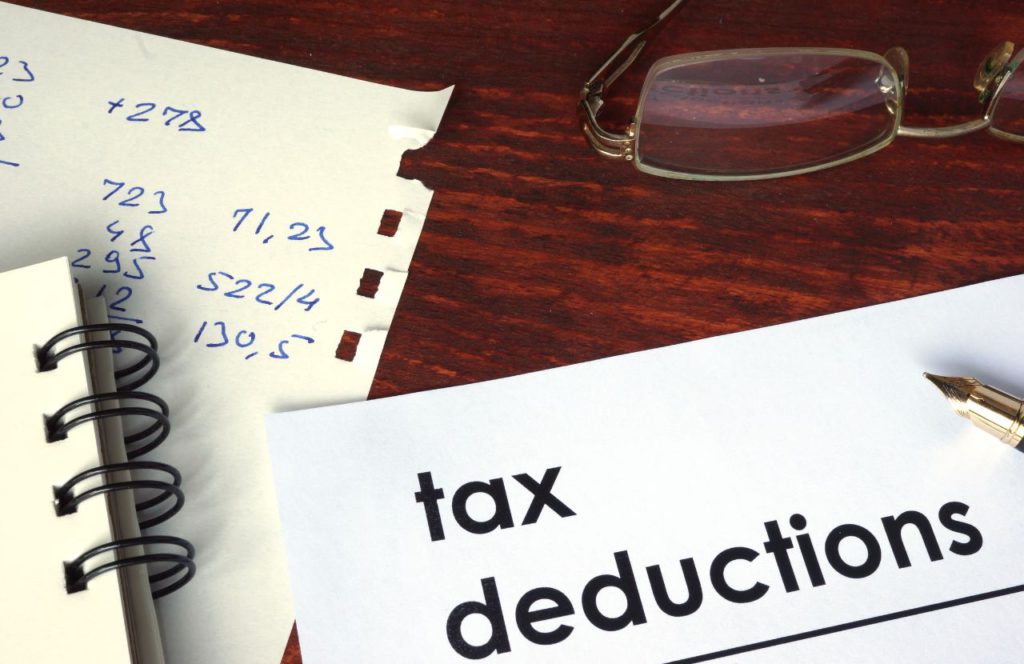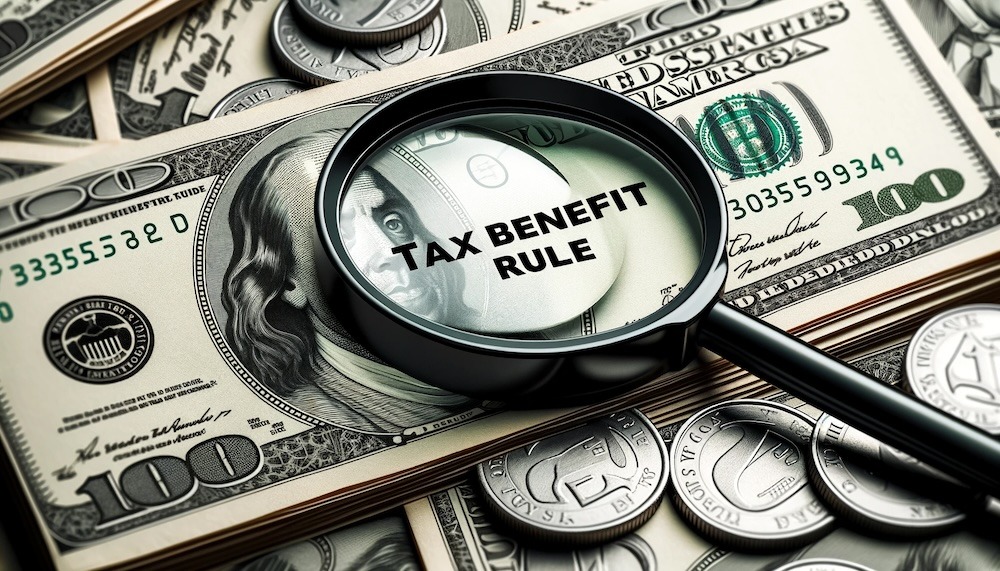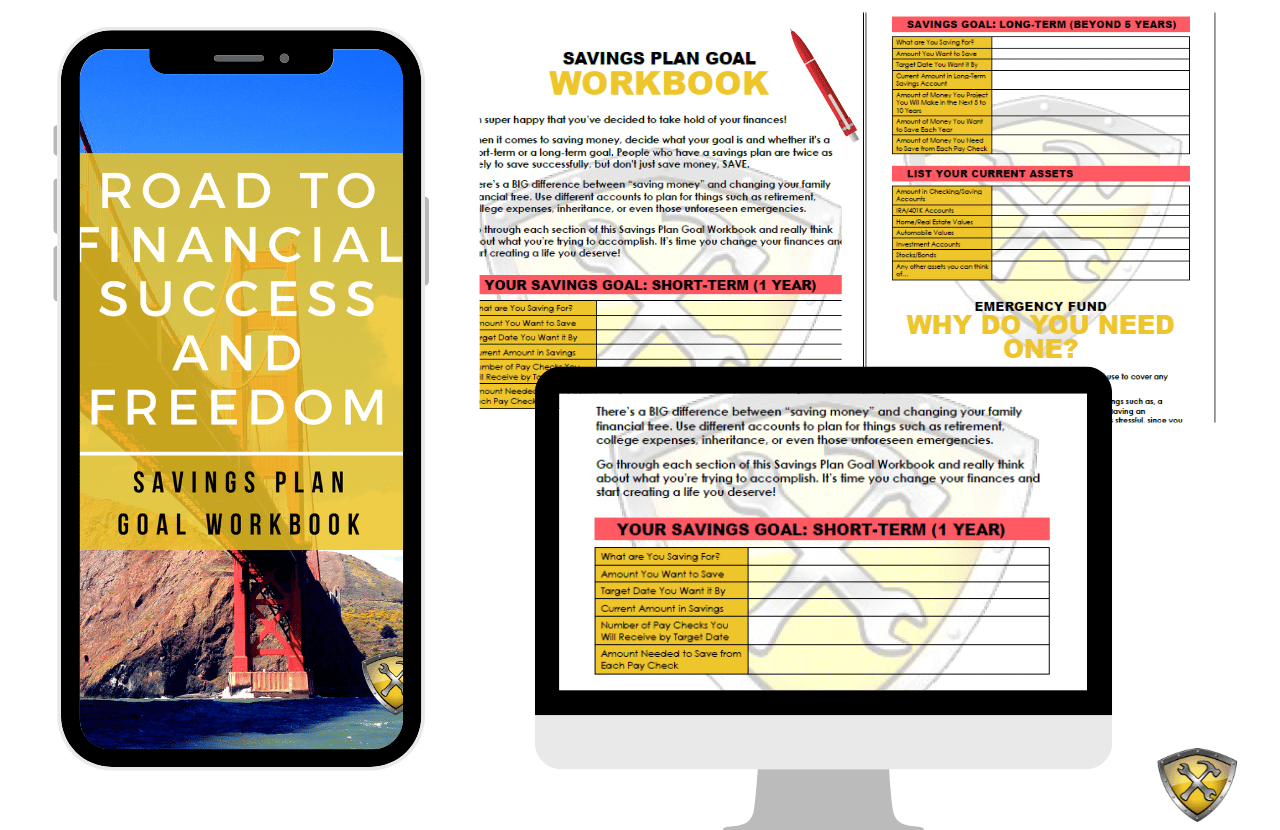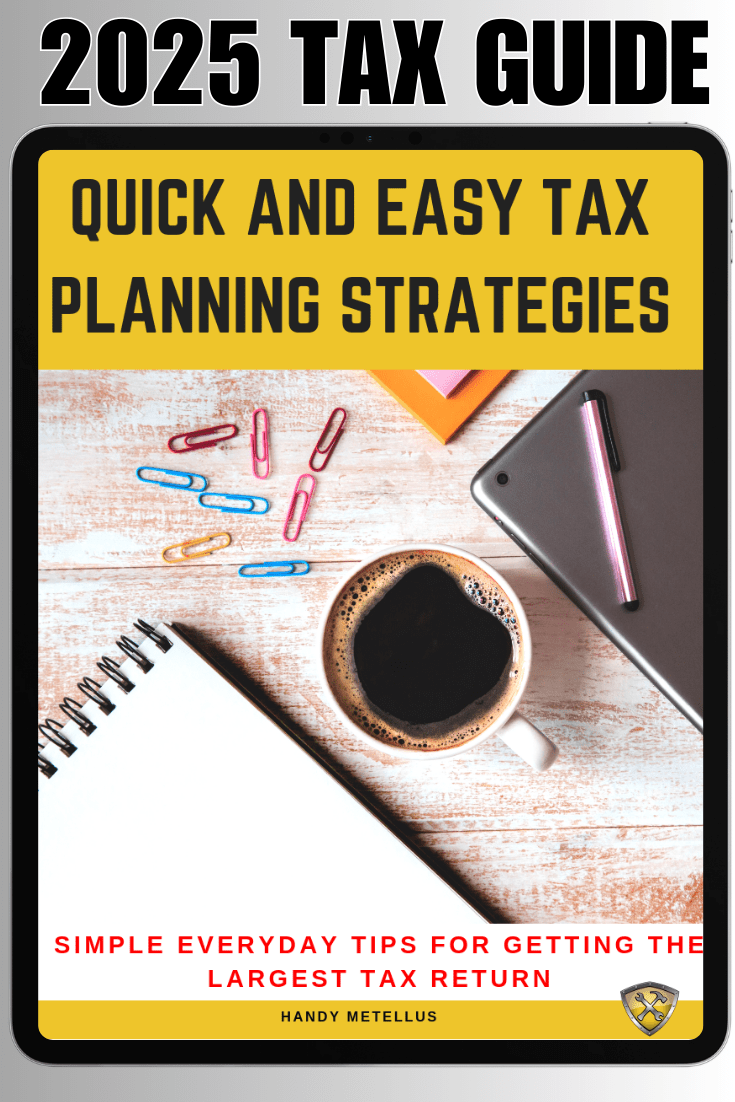Have you ever stumbled upon a phrase in the tax world and wondered, “What is the tax benefit rule?” Well, you’re not alone. This financial nugget could have a noticeable impact on your wallet.
Tax benefit rule—sounds important, right? Because it is. It’s the compass that guides how recovered tax deductions should be treated come tax time.
In this blog post, we’ll unravel this concept, exploring its definition, implications, and real-world applications.
Get ready to navigate the often-bewildering landscape of taxes with ease!
THIS POST MAY CONTAIN AFFILIATE LINKS. PLEASE READ MY DISCLOSURE FOR MORE INFO. Which means if you click on any of the links, I’ll receive a small commission at no additional cost to you.
Table of Contents
- Key Takeaways
- Definition and Basic Principles of the Tax Benefit Rule
- The Role of Section 111 in Codifying the Rule
- How the Tax Benefit Rule Affects Tax Deductions and Income
- Real-Life Scenarios Illustrating the Tax Benefit Rule
- How Taxpayers Should Handle Recovered Deductions
- Wrap Up
Key Takeaways
- The Tax Benefit Rule states that if a tax deduction is taken in a prior year and the underlying amount is recovered in a subsequent period, then the recovered amount must be included in gross income in the subsequent period.
- Tax Benefit Rule was codified as Section 111 in the U.S. tax code.
- The Tax Benefit Rule addresses the treatment of tax deductions that are recovered in a subsequent year.
- This tax benefit rule was originally established by case law.
- Taxpayers must report the recovered amount as income in the year it is received, even if it was previously deducted.
Definition and Basic Principles of the Tax Benefit Rule
The tax benefit rule is a doctrine embedded in U.S. tax law that ensures fairness across fiscal periods.

When a taxpayer recovers an amount previously deducted, that amount becomes part of their gross income in the year of recovery.
This is because the deduction once yielded a tax benefit by reducing taxable income.
It hinges on the concept that income should not escape taxation due to a benefit in a prior year.
Simplified, if you got a break on your taxes from a deduction, but later got that money back, the IRS wants its share. The rule ensures that the tax base remains consistent and taxpayers don’t gain an unfair advantage.
Remember: Keep track of your expenses and income on a spreadsheet or bookkeeping program such as FreshBooks.
The Role of Section 111 in Codifying the Rule
Section 111 plays a pivotal role in the U.S. tax code as the legislative anchor for the tax benefit rule.
This section delineates the circumstances under which taxpayers must report recovered amounts as income. By codifying the rule, Section 111 transformed what was once guided by case law into a concrete statutory framework.

It stipulates that if a deduction reduced your tax in a previous year and you later recover that amount, it’s only fair that you report it as income.
This ensures that any previous tax benefits are rightfully offset. For a deeper dive into the legal text, one can explore the Internal Revenue Code provided by the IRS.
How the Tax Benefit Rule Affects Tax Deductions and Income
When the tax benefit rule swings into action, it adjusts the sails of your tax deductions and steers your taxable income.
Imagine you’ve claimed a deduction on your tax return, and it’s sliced your taxable income down nicely. But hold on, what if that deduction amount finds its way back into your pocket later?

That’s where the rule kicks in—turning the tide by requiring you to include that recovered sum in your gross income.
Now, it’s no longer a deduction but income you need to report. Essentially, the IRS is saying that what was once a tax-saving grace, upon reversal, should be squared up on your tax return.
This keeps your tax journey honest, ensuring that any deductions that have boomeranged back to you don’t give you an unwarranted windfall.
Get Your Full List of Tax Deductions Here!
Real-Life Scenarios Illustrating the Tax Benefit Rule
Here’s a quick example just for you:
Imagine Sallie, a freelance photographer, who deducted $20,000 for her studio rent in 2023. The following year, she received a $10,000 rent abatement from her landlord due to unforeseen circumstances. According to the tax benefit rule, Sarah must now report that $10,000 as income on her 2024 tax return because she previously benefited from the deduction.
This isn’t just a theoretical exercise; it’s a practical application of the rule that ensures tax fairness. To grasp the full scope of such scenarios, one might delve into the details provided by experts.
Estimate Your Tax Refund with this FREE Calculator!
How Taxpayers Should Handle Recovered Deductions
When taxpayers face the situation of a recovered deduction, the initial step is to determine if the tax benefit rule applies.
If the deduction in question provided a tax benefit in a prior year, the recovery amount must be reported as income.
This inclusion on the current year’s tax return ensures that the taxpayer’s obligations are squared with the IRS.

To navigate this process accurately, taxpayers should consult the IRS Revenue Ruling or professional tax advice.
By doing so, they can confidently handle recovered deductions in compliance with tax laws, maintaining the integrity of their tax filings.
Get your biggest tax refund guaranteed with TurboTax. The #1 best selling tax software. Start today.
Wrapping Up
Navigating the intricacies of the tax benefit rule ensures that your tax journey remains equitable. Whether it’s reclaimed deductions or adjusting gross income, this rule is pivotal in maintaining a fair tax system.
Remember, if you’ve received a benefit in the past and it’s reversed, you must square it with the IRS. For more clarity on how this impacts your taxes, dive into the IRS Revenue Ruling.
Stay informed and consult a tax professional to ensure compliance. Keep your tax filings accurate and up to date—your wallet will thank you!
Disclaimer Statement: All data and information provided on this site is for informational purposes only. The Handy Tax Guy makes no absolute representation of the correctness, mistakes, omissions, delays, appropriateness, or legitimacy of any information on this site. **Note: Each client circumstance will vary on a case-by-case basis**



